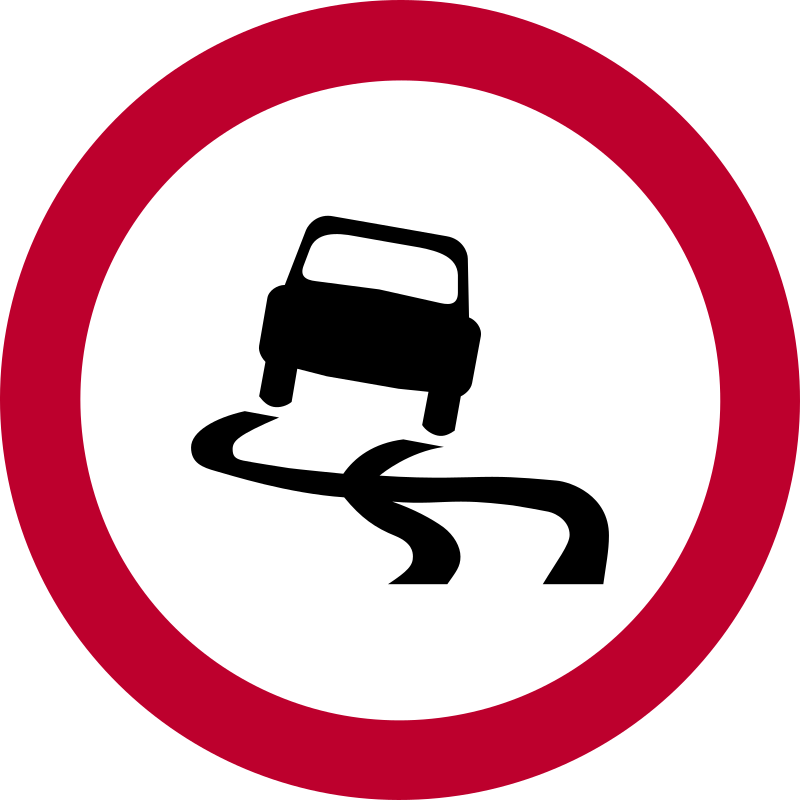Have you ever taken a chance in traffic that you probably shouldn’t have?
Whether you are consciously aware that you’re taking a risk or fully confident that you’re in control, the police do not always agree. Dangerous driving is one of the most common charges in Scotland and sees thousands of people called into court every year.
To prepare Scottish motorists on what to expect from a dangerous driving charge, we have created this helpsheet, covering charge definitions, penalties and possible defences.
Hopefully this will help you navigate your legal dilemmas, should you have been charged with dangerous driving.

What Does ‘Dangerous Driving’ Mean?
Dangerous driving is one of the more serious road traffic offences. It’s defined as when a driver drives far below what would be expected of a competent and careful driver, and when such driving would be obviously dangerous to a competent driver.
Dangerous driving also arises where a motorist knowingly drives a vehicle in a dangerous condition (for example – knowingly driving with defective brakes).
Dangerous driving is a broad term and includes:


What Does The Law Say?
Dangerous driving is detailed in the Section 2 Road Traffic Act 1988
The overall gist is this – driving a vehicle in a reckless manner or in such a condition that it is likely to result in an accident is dangerous.
Each case will depend on its own circumstances. A combination of manoeuvres, which in themselves would not amount to dangerous driving, might when taken together amount to dangerous driving. I.e undertaking at excessive speed.
Careless Vs. Dangerous Driving
Distinguishing between careless and dangerous driving is often a grey area. In a large number of cases the driver will accept that his/ her driving did not live up to the acceptable standards, but will not accept that it amounts to dangerous driving.
The legal definitions of the two are quite similar, and careless driving is described as an alternative to dangerous driving. This means that if there is not enough evidence to establish dangerous driving, the court can still convict a person of careless driving.
The penalties for the two are very different, which is why we recommend anyone facing a Dangerous Driving or Careless Driving charge to obtain specialist legal advice.
Penalties
Dangerous driving is a serious offence, attracting penalties of mandatory disqualification for a minimum period of 12 months, a fine, and the requirement to re-sit the extended driving test.
This means that the person remains disqualified until re-sitting the appropriate driving test.
In the most serious cases of dangerous driving, a prison sentence of 2 years can be imposed
Causing Death By Dangerous Driving
When dangerous driving results in death, the sentence is a minimum of two years disqualification, and a prison sentence of up to 14 years. That said, there must be a causal link between the dangerous driving and the death.
Possible Defences
The law relating to dangerous driving offences is technical and complex. Our experience with dangerous driving charges is that a large number of these prosecutions can be successfully defended.
Our expertise in this area will quickly determine the best option for you. If prospects for success are low we will concentrate on damage limitation.
What Should I Do Next?
Ensure you receive the right guidance. It’s essential to get advice from a lawyer who specialises exclusively in road traffic law. At Dominic Sellar & Co, we focus solely on road traffic cases, providing dedicated expertise you can trust.
While some lawyers may appear to specialise in road traffic law, those who also handle other areas of criminal law are not true road traffic specialists.
For free, expert, no-obligation advice, contact Dominic Sellar & Co today.
